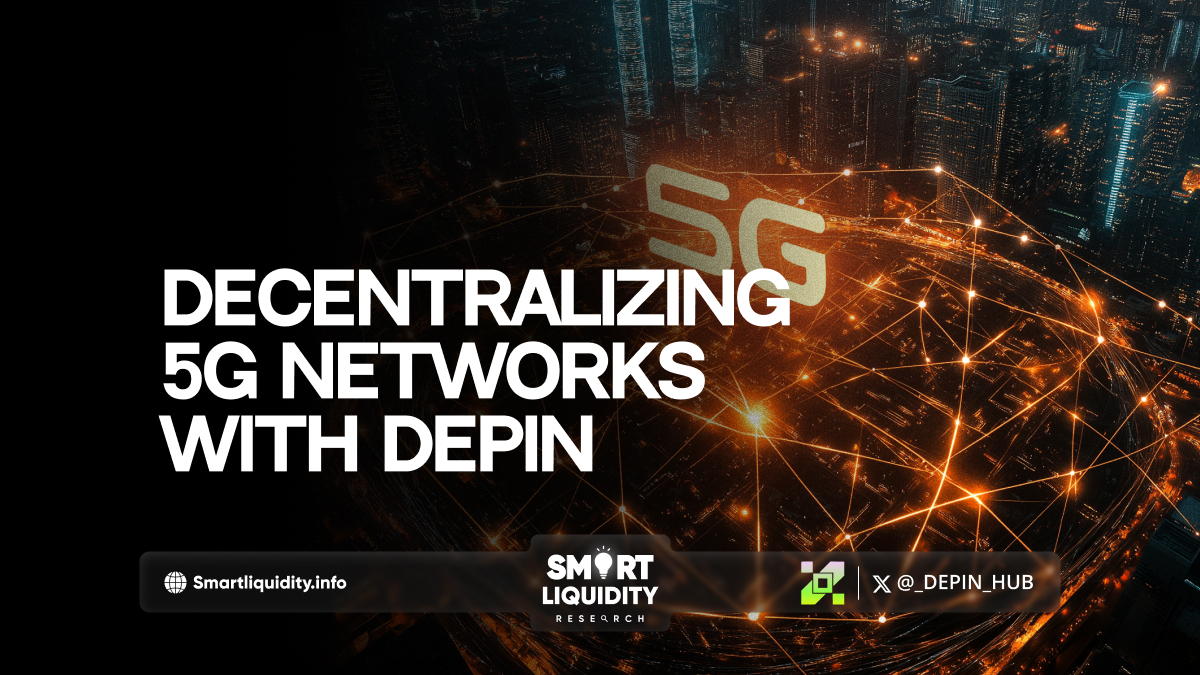Decentralizing 5G Networks with DePin


The advent of 5G technology promises faster, more reliable connectivity, but its centralized infrastructure presents challenges related to cost, control, and security. A solution to these issues is the concept of Decentralized Physical Infrastructure Networks (DePin), which can revolutionize how 5G networks are deployed, managed, and accessed.
DePin leverages blockchain and decentralized technologies to distribute control over network resources, allowing individuals, communities, and organizations to contribute to and benefit from 5G infrastructure. Instead of relying on a few centralized telecom companies to build and maintain towers, 5G infrastructure could be owned and operated by a diverse set of participants, democratizing access to high-speed connectivity.
This decentralization brings several advantages. It reduces the cost of infrastructure deployment by incentivizing smaller players to participate, while also improving network resilience by spreading infrastructure across a larger number of nodes. Additionally, it could lead to more localized networks, enhancing coverage in underserved or rural areas that are often neglected by traditional telecom providers.
However, decentralizing 5G networks with DePin also presents challenges, including ensuring secure communication, managing a diverse network of stakeholders, and maintaining consistent service quality. Despite these hurdles, DePin offers a promising path toward a more inclusive, efficient, and secure 5G future.
DISCLAIMER:
“The information provided on this platform is for general informational purposes only. All information on the platform is provided in good faith; however, we make no representation or warranty of any kind, express or implied, regarding the accuracy, adequacy, validity, reliability, availability, or completeness of any information on the platform.”




